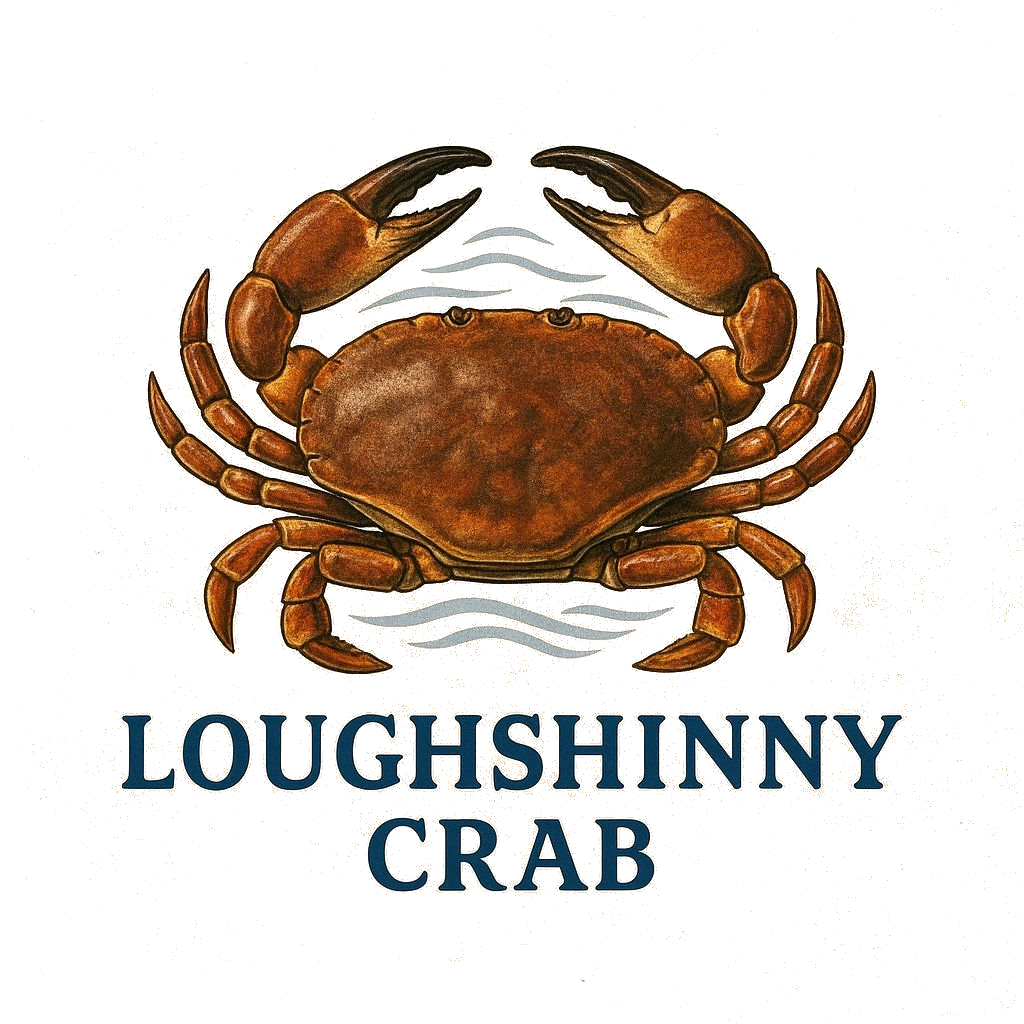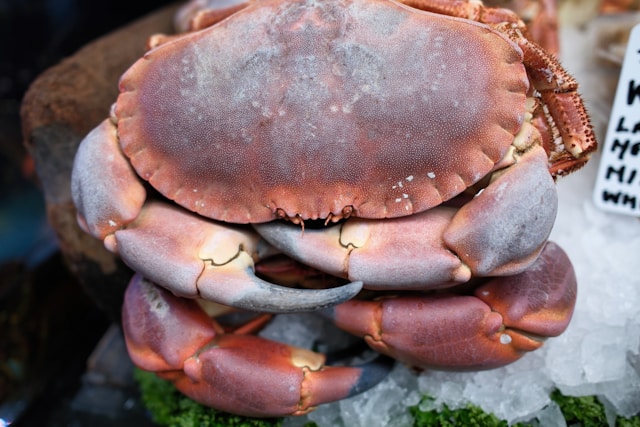Craving the succulent sweetness of fresh, live blue crabs? The delightful taste of a perfectly steamed crustacean is a culinary experience unlike any other. But finding truly fresh, live blue crabs can be a challenge. This comprehensive guide will help you locate the nearest purveyors of these delectable delicacies, ensuring your next crab feast is unforgettable. We’ll cover everything from identifying reputable seafood markets and restaurants to understanding the key factors in selecting the freshest crabs, all within a convenient five-mile radius of your location.
Locating Live Blue Crabs Within 5 Miles: Your Actionable Guide
Your quest for the perfect blue crab begins with a strategic search. Start by leveraging the power of online search engines like Google, Bing, or DuckDuckGo. Use specific keywords like “live blue crabs near me,” “fresh seafood market near me,” or “restaurants serving live blue crabs” along with your zip code or city for the most precise results. Don’t forget to specify your desired radius—in this case, 5 miles—to refine your search.
Online maps and location-based services are your next best allies. Tools like Google Maps and Apple Maps allow you to pinpoint nearby seafood markets, restaurants, and even specialized crab houses. Take advantage of the review features; customer feedback is invaluable in identifying reputable establishments and avoiding potential disappointments. Pay close attention to reviews mentioning freshness, quality, and overall customer service.
Don’t underestimate the power of local directories and community forums. Check out websites such as Yelp, TripAdvisor, and Nextdoor. These platforms offer crowdsourced reviews and recommendations, often highlighting hidden gems you might otherwise miss. Engaging with local communities online can provide valuable insights and tips from seasoned crab enthusiasts in your area.
Identifying Quality: Recognizing Fresh Live Blue Crabs
Finding a source is only half the battle. Selecting the freshest live blue crabs requires attention to detail. The key is to look for signs of vibrancy and activity. Fresh blue crabs are active, exhibiting brisk movement when handled. Their shells should be smooth, firm, and free of cracks or damage, indicative of their health and freshness.
Observe the crab’s color. Look for a deep, rich blue hue on the carapace (the crab’s top shell). A dull or faded color may suggest that the crab isn’t as fresh. Inspect the crab’s eyes; they should be clear and dark, not cloudy or sunken.
Beyond the Visual: Other Indicators of Freshness
While visual cues are crucial, consider the overall environment where the crabs are kept. Reputable sellers maintain clean and well-oxygenated tanks. The crabs should be immersed in cool, flowing water to ensure their well-being and prevent stress, which compromises freshness.
Don’t hesitate to ask questions. Inquire about the source of the crabs and when they were harvested. A reputable vendor will be transparent about their sourcing practices and provide information about the crab’s origin and age. This transparency is a strong indicator of commitment to quality and freshness.
Beyond the Market: Restaurants Serving Live Blue Crabs
If you prefer a convenient dining experience, explore restaurants specializing in seafood, particularly those featuring live blue crabs on their menu. These establishments often source their ingredients directly from reputable suppliers, ensuring freshness and quality. Checking online menus and reviews will help you identify restaurants known for their delectable crab dishes and excellent service.
When dining out, don’t be shy about asking questions. Inquire about the preparation methods and how the crabs are handled to ensure they maintain their freshness from the moment of harvest to your plate. A restaurant that takes pride in its seafood will gladly share its sourcing and handling procedures.
Seasonal Considerations: When to Expect the Best Crabs
The availability of live blue crabs fluctuates throughout the year, influenced by their breeding and molting cycles. Peak seasons typically fall during the warmer months, usually from spring to fall. However, specific availability can vary depending on geographical location and environmental conditions. Contacting local seafood markets or restaurants directly will provide the most up-to-date information on seasonal availability.
Understanding the seasonal patterns helps you manage expectations and plan your crab feasts accordingly. Knowing the peak season allows you to increase your chances of finding the freshest crabs and potentially securing better deals due to higher supply.
Conclusion: Your Delicious Crab Adventure Awaits
Finding fresh, live blue crabs near you within a five-mile radius is achievable with the right approach. By combining thorough online searches, careful selection techniques, and smart inquiries, you can ensure your next crab feast is an extraordinary culinary experience. Remember to always prioritize freshness, look for signs of activity and vibrancy in the crabs, and don’t hesitate to ask questions about their source and handling. Now go forth and enjoy the delicious rewards of your successful crab hunt!

